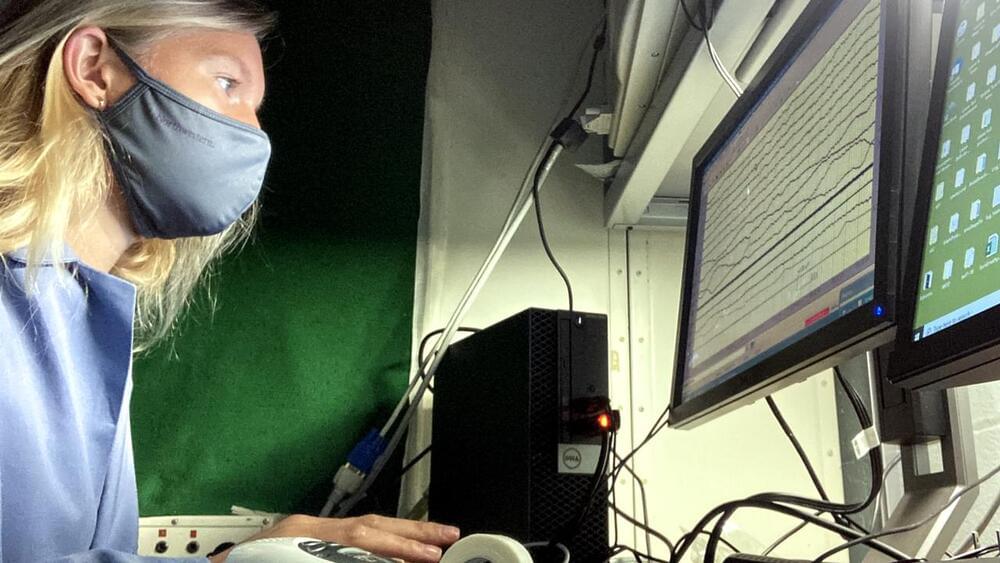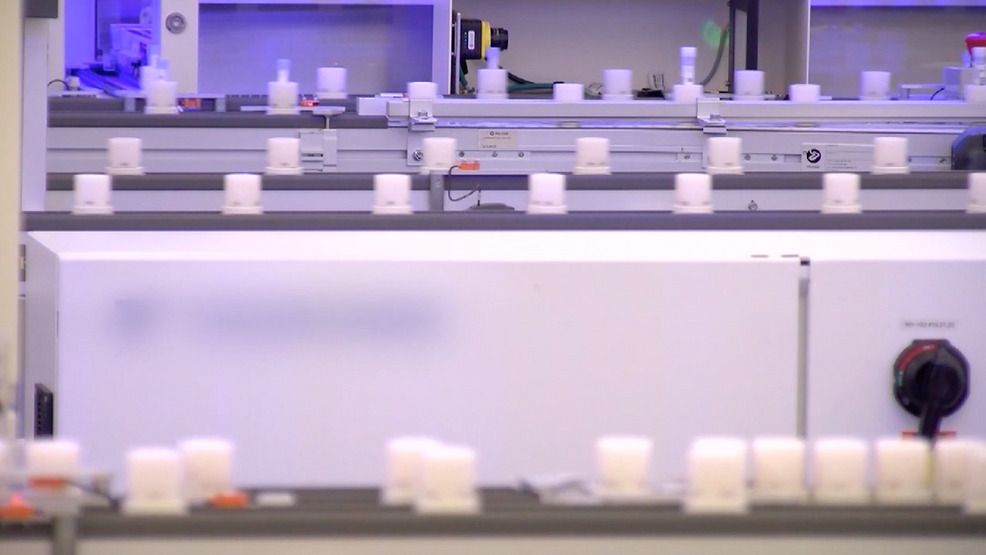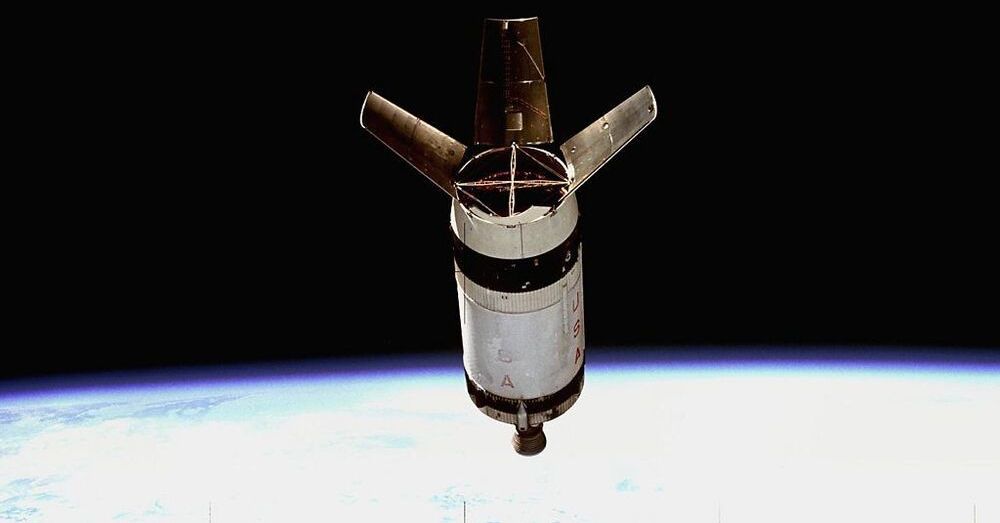Sheltersuit by the Sheltersuit Foundation is a life-saving wind and waterproof jacket that transforms into a sleeping bag to provide immediate shelter to the homeless who deserve “warmth, protection, and dignity.” (More info: https://youtu.be/_HOec-P6Jl4)
Category: futurism – Page 834






Brewery Produces Six-Pack Rings That Turtles Can Eat
This is the most important thing in the universe now.
Good.is | By GOOD
Put your flippers together for a six-pack that even seabirds can support.

How We Chose the 2021 TIME100 Next
As we assembled our second annual TIME100 Next list—an expansion of our flagship TIME100 franchise that highlights 100 emerging leaders who are shaping the future—what struck me most was how its members are coping with crisis.
Amid a global pandemic, deepening inequality, systemic injustice and existential questions about truth, democracy and the planet itself, the individuals on this year’s list provide “clear-eyed hope,” as actor, composer and director Lin-Manuel Miranda puts it in his tribute to poet and TIME100 Next honoree Amanda Gorman. They are doctors and scientists fighting COVID-19, advocates pushing for equality and justice, journalists standing up for truth, and artists sharing their visions of present and future.
